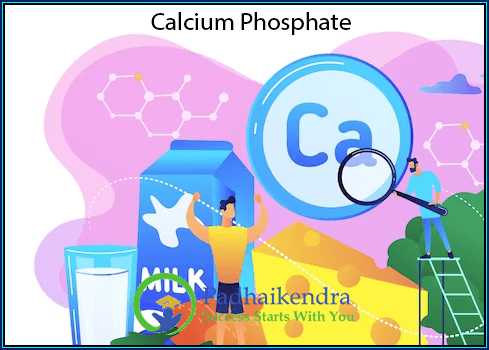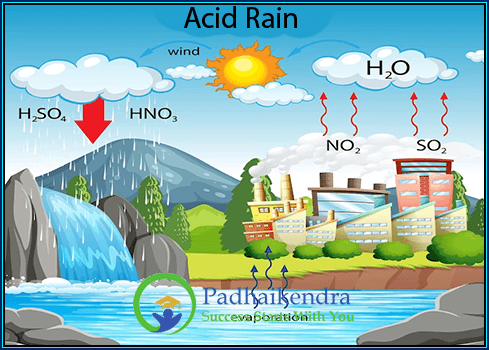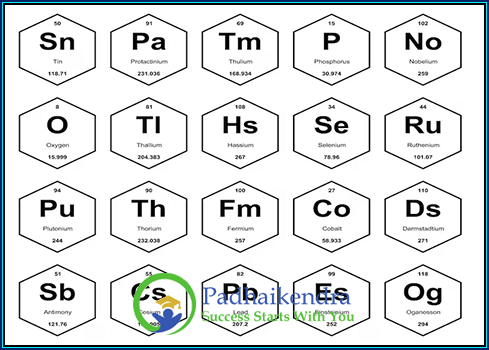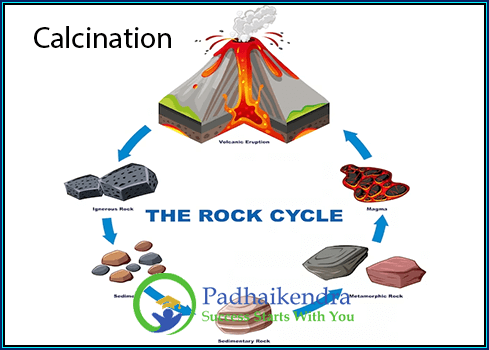What is Calcium Phosphate?
Calcium phosphate is a family of minerals that contain calcium ions (Ca2+) and phosphate ions (PO43-). There are several different types of calcium phosphate minerals, including hydroxyapatite, brushite, monetite, and octacalcium phosphate. Calcium phosphate is a major component of bones and teeth, where it provides strength and rigidity to the skeletal structure. In addition to its role in the body, calcium phosphate has a variety of industrial and medical applications.
Preparation of Calcium Phosphate
Calcium phosphate can be prepared through various methods depending on the desired form and application of the compound. Some common methods for preparing calcium phosphate include:
- Precipitation method: This involves the reaction between a soluble calcium salt, such as calcium chloride, and a soluble phosphate salt, such as sodium phosphate. The reaction results in the formation of calcium phosphate precipitate, which can be separated and further purified.
- Sol-gel method: This involves the preparation of a sol or gel of calcium and phosphate precursors, followed by heating or drying to form a solid calcium phosphate product. This method can be used to prepare various forms of calcium phosphate, such as hydroxyapatite or tricalcium phosphate, with controlled properties and morphology.
- Thermal decomposition method: This involves the decomposition of calcium carbonate or calcium hydroxide at high temperature in the presence of phosphate sources, such as ammonium phosphate or phosphoric acid. The reaction results in the formation of calcium phosphate and other products, which can be further processed to obtain pure calcium phosphate.
- Biomimetic method: This involves the use of biological or bio-inspired processes to prepare calcium phosphate, mimicking the natural mineralization process in bones and teeth. This method can produce calcium phosphate with a hierarchical structure and properties similar to natural bone.
The preparation of calcium phosphate involves various chemical and physical methods, depending on the desired form and application of the compound.
Properties of Calcium Phosphate – Ca3(PO4)2
Calcium phosphate, with the chemical formula Ca3(PO4)2, is a white, crystalline solid that is insoluble in water but soluble in acids. Here are some properties of calcium phosphate:
- Chemical properties: Calcium phosphate is a salt of calcium and phosphoric acid, containing three calcium ions and two phosphate ions. It is a basic compound and reacts with acids to form soluble calcium salts.
- Physical properties: Calcium phosphate has a molar mass of 310.18 g/mol and a density of 3.14 g/cm³. It has a melting point of 1670 °C and is stable at high temperatures.
- Biocompatibility: Calcium phosphate is biocompatible and biodegradable, making it suitable for medical and dental applications, such as bone regeneration, implant coatings, and drug delivery.
- Mineral content: Calcium phosphate is a major component of bones and teeth, providing strength and rigidity to the skeletal structure. It is also present in various foods, such as dairy products, meat, and grains.
- Industrial applications: Calcium phosphate is used in the production of fertilizers, animal feed, ceramics, and other industrial products. It is also used as a food additive, texturizer, and stabilizer.
- Health benefits: Calcium phosphate is an important nutrient for bone health and is often used as a dietary supplement to provide calcium and phosphorus to the body. It may also have other health benefits, such as improving dental health and reducing the risk of osteoporosis.
Calcium phosphate is a versatile compound with a wide range of properties and applications, from bone and teeth mineralization to industrial and dietary uses.
Ca3P2 + H2O
When Calcium Phosphide (Ca3P2) reacts with water (H2O), it produces Calcium Hydroxide [Ca(OH)2] and Phosphine Gas (PH3).
The balanced chemical equation for the reaction is:
Ca3P2 + 6 H2O → 3 Ca(OH)2 + 2 PH3
This reaction is exothermic and can produce flammable phosphine gas, which is toxic and must be handled with care. Calcium hydroxide, also known as slaked lime, is a white, powdery solid that is commonly used in construction, agriculture, and water treatment.
Calcium Phosphate Solubility – Ca3(PO4)2
Calcium phosphate, with the chemical formula Ca3(PO4)2, is generally considered insoluble in water at neutral pH. However, the solubility of calcium phosphate can vary depending on the specific form and conditions of the compound. Here are some factors that can affect the solubility of calcium phosphate:
- pH: The solubility of calcium phosphate increases at lower pH values, due to the formation of soluble acid salts, such as monocalcium phosphate (Ca(H2PO4)2).
- Temperature: The solubility of calcium phosphate generally increases with increasing temperature, as higher temperatures provide more energy for the dissolution process.
- Ionic strength: The solubility of calcium phosphate may be affected by the presence of other ions in the solution, which can compete for binding sites on the solid surface.
- Crystal form: Different crystal forms of calcium phosphate, such as hydroxyapatite or brushite, may have different solubility properties due to their distinct crystal structures.
Calcium phosphate is considered insoluble in water at neutral pH, but its solubility can be influenced by various factors, such as pH, temperature, and ionic strength. The solubility of calcium phosphate is important in many biological and environmental processes, such as mineralization of bones and teeth, formation of kidney stones, and regulation of phosphate levels in soil and water.
Structure of Ca3(PO4)2
https://cdn1.byjus.com/wp-content/uploads/2021/07/Structure-of-Calcium-Phosphate1.png
The structure of calcium phosphate, Ca3(PO4)2, can be described as a network of corner-sharing PO4 tetrahedra and Ca2+ ions. The compound is composed of two different types of phosphate ions: primary phosphates (PO4) and secondary phosphates (HPO4). The primary phosphates form chains that run parallel to the c-axis, while the secondary phosphates form tetrahedral groups that bridge the chains together.
Each calcium ion is surrounded by eight oxygen atoms, four from tetrahedra and four from bridging groups, forming a distorted cubic arrangement. The calcium ions are situated in the interstitial spaces between the phosphate chains, and the crystal structure is stabilized by strong electrostatic forces between the positively charged Ca2+ ions and negatively charged phosphate groups.
Calcium phosphate exists in several different polymorphic forms, including hydroxyapatite, brushite, and octacalcium phosphate. These polymorphs have distinct crystal structures and properties, and are important in various biological and industrial applications, such as bone grafting, dental restorations, and fertilizers.
Uses of Calcium phosphate (Ca3(PO4)2)
Calcium phosphate (Ca3(PO4)2) is a versatile compound with a variety of important uses. Here are some of the most common applications:
- Fertilizers: Calcium phosphate is a primary component of many fertilizers due to its high content of phosphorus, an essential nutrient for plant growth.
- Food and beverages: Calcium phosphate is used as a food additive to fortify products with calcium and phosphorus, such as dairy products, juices, and baked goods.
- Dental materials: Calcium phosphate is a key component of dental materials, such as toothpaste, filling materials, and bone grafts, due to its biocompatibility and ability to promote bone growth.
- Pharmaceuticals: Calcium phosphate is used as an excipient in pharmaceutical formulations, where it acts as a binder, filler, or disintegrant.
- Water treatment: Calcium phosphate can be used to remove impurities, such as fluoride and heavy metals, from water through precipitation and coagulation.
- Animal feed: Calcium phosphate is a common additive in animal feed to provide essential minerals and nutrients for livestock and poultry.
- Biomaterials: Calcium phosphate is used in the production of various biomedical materials, such as implant coatings, drug delivery systems, and tissue engineering scaffolds.
Calcium phosphate is a versatile compound with a wide range of applications in agriculture, food and beverages, healthcare, and environmental remediation.
Occurrence of Calcium Phosphate
Calcium phosphate occurs naturally in several forms, including minerals and organic compounds. Here are some examples of where calcium phosphate can be found:
- Rocks and minerals: Calcium phosphate minerals, such as apatite and whitlockite, are abundant in igneous, metamorphic, and sedimentary rocks. Apatite is a common mineral in phosphate rock deposits, which are an important source of phosphorus for fertilizer production.
- Bones and teeth: Calcium phosphate is a major component of bone and tooth enamel, where it provides structural support and hardness.
- Organic tissues: Calcium phosphate can be found in soft tissues, such as cartilage and tendons, where it helps to maintain their structural integrity.
- Fossils: Calcium phosphate can be present in the form of fossilized bones and teeth, which can provide valuable information about ancient organisms and their environments.
- Soil and water: Calcium phosphate is an important nutrient for plant growth, and can be found in soils and sediments. It can also be present in natural water sources, such as rivers and lakes, and can contribute to eutrophication and algal blooms when present in excess.
Calcium phosphate is a naturally occurring compound that is abundant in the Earth’s crust and essential for many biological and environmental processes.
Health Hazards Associated with Calcium Phosphate
Calcium phosphate is generally considered safe and non-toxic for human health when used in appropriate amounts. However, excessive intake of calcium and phosphorus can lead to adverse health effects, especially in individuals with certain medical conditions. Here are some of the potential health hazards associated with calcium phosphate:
- Kidney stones: High levels of calcium and phosphorus in the urine can lead to the formation of kidney stones, which can cause severe pain and other complications.
- Cardiovascular disease: Excessive calcium intake can increase the risk of cardiovascular disease, especially in individuals with preexisting heart conditions.
- Hypercalcemia: Excess calcium in the blood can cause hypercalcemia, a condition that can lead to symptoms such as fatigue, weakness, and confusion.
- Hypophosphatemia: Low levels of phosphorus in the blood can cause hypophosphatemia, a condition that can lead to muscle weakness, bone pain, and other symptoms.
- Interference with mineral absorption: High levels of calcium and phosphorus can interfere with the absorption of other minerals, such as iron and zinc, which can lead to deficiencies.
- Allergic reactions: Some individuals may experience allergic reactions to calcium phosphate, especially when used in pharmaceuticals or medical devices.
Overall, calcium phosphate is safe when consumed in moderate amounts as part of a balanced diet. However, excessive intake can lead to adverse health effects, especially in individuals with preexisting medical conditions. It is important to consult a healthcare provider before taking calcium phosphate supplements or using products containing calcium phosphate.





